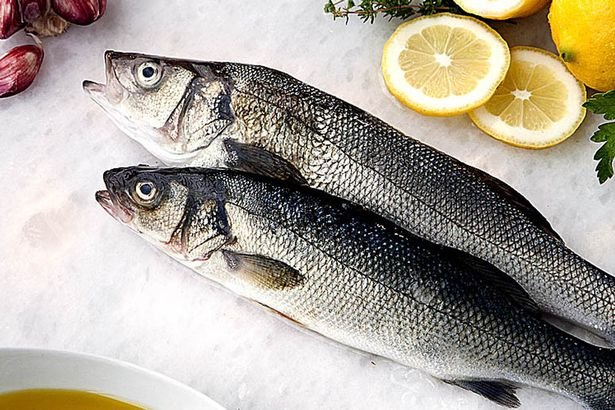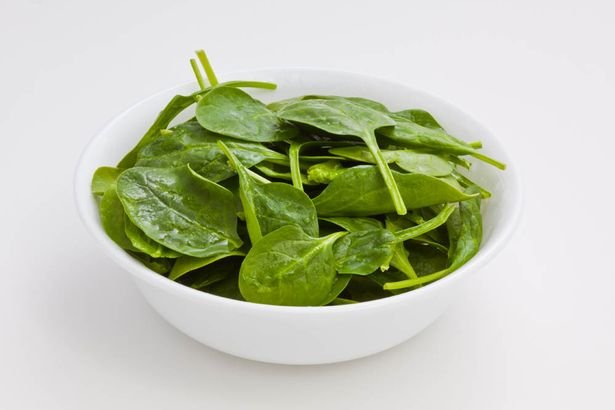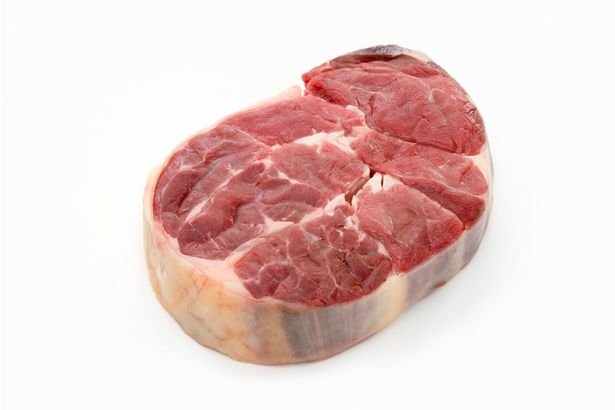All orange fruit and veg get their colour from betacarotene – a precursor of vitamin A. It helps to absorb the light energy that passes into the eye and to adjust to low light levels at night.
How much? Aim for one carrot a day or a helping of sweet potato, pumpkin or butternut squash. Try cooking them with a little olive oil, as studies have found this helps break down the vegetables’ thick cell walls and makes it easier for the body to absorb the nutrients.
Carrots
Carrots(Image: Getty Images)
- Spinach
Why? This – along with other leafy greens such as broccoli and kale – is packed with zeaxanthin and lutein, which lower the risk of developing macular degeneration and cataracts.
Lutein protects the eye by forming pigments in the macula that filter out harmful blue light waves, which can damage the eye. The more pigments your eye contains, the less likely it is to fall prey to age-related macular degeneration.
The US National Eye Institute, in Maryland, found boosting levels of both pigments protected against age-related blindness.
How much? Eat a 100g serving every other day. Have it raw in salads or steamed with hot meals.
Baby spinach in a bowl
Baby spinach in a bowl(Image: Getty)
- Oranges
Why? These are full of vitamin C. One study found women who took a vitamin C supplement for 10 years or more experienced a 64% cut in the risk of developing cataracts.
How much? One a day, with plenty of other C-rich fruit and veg such as tomatoes and red peppers.
Oranges.jpg
(Image: CreativeCommons)
- Dark berries
Why? They are linked to better night vision. Bilberries were eaten by Second World War pilots to sharpen their sight for night missions. Lab studies have since found dark berries such as bilberries and blackberries are rich in anthocyanins, which prevent and slow blindness caused by macular degeneration
and cataracts.
The berries also help strengthen the capillaries that deliver blood and nutrients to the eye.
How much? Sprinkle a handful on your breakfast cereal daily or add to a fruit smoothie in the mornings.
Blackberries
Blackberries(Image: Getty)
- Oily fish
Why? Fresh tuna, anchovies, mackerel, salmon and trout are extremely rich in docosahexaenoic acid – a fatty acid found in your retina. Low levels of the acid have been linked to dry-eye conditions. A study by the US National Eye Institute found that omega-3 fatty acids helped to protect adults from both age-related macular degeneration and dry-eye syndrome.
This is probably because Omega-3 helps to reduce the inflammation that can lead to dry eyes.
How much? Two servings a week are recommended to maintain
healthy eyesight.
Oily Fish
Eating oily fish is great for your health(Image: Getty)
- Beef
Why? Red meat is rich in important eye health booster zinc. This mineral helps release vitamin A from the liver so that it can be used in eye tissues.
A zinc deficiency can cause macula deterioration of the centre of the retina, which can lead to sight loss.
How much? A portion of lean meat twice a week plus one to two portions of baked beans, which are another rich source of zinc.
- Almonds
Why? These nuts are filled with vitamin E, which research shows may protect the eyes from free radical damage. This means it helps protect cells in the body from oxidiation, which may slow the progression of cataracts caused by UV exposure and decrease age-related macular degeneration.
How much? Sprinkle a handful of chopped almonds on your cereal or eat






Hi! I am a robot. I just upvoted you! I found similar content that readers might be interested in:
https://www.mirror.co.uk/lifestyle/health/top-10-foods-help-your-5107154